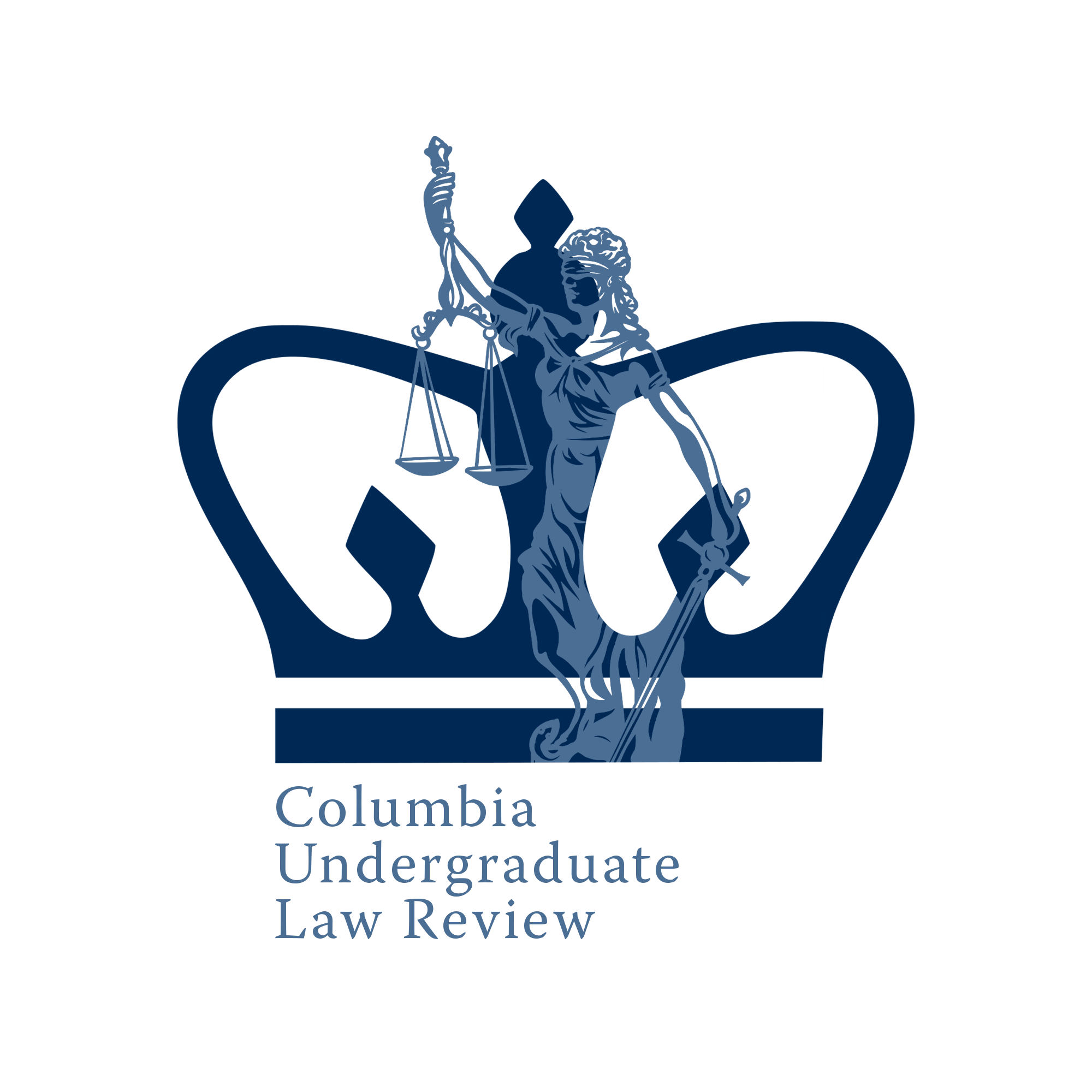The Roberts Court has handed down a slew of consequential decisions since Donald Trump came into office, with the most recent critical cases being Snyder v. United States (2024) and Securities Exchange Commission v. Jarkesy (2023). These decisions represent a shifting attitude towards white-collar criminal prosecution––one where the onus is on prosecutors and regulatory agencies to go above and beyond, while financial criminals can more easily get away with their fraudulent acts. In Snyder, the Court ruled on the issue of bribing public officials; it held that there is a difference between bribes and gratuities, or tips, so the federal bribery statute cannot apply in the case of gratuities given for past actions that were never stipulated in a quid pro quo agreement. Similarly, in Jarkesy the Court sidestepped Congress and held that securities fraud cases must be heard by an Article III court with a jury instead of in an administrative hearing, as it typically would through the SEC. All in all, the Roberts Court has similarly decided in Percoco v. United States (2023), Kelly v. United States (2020), and McDonnell v. United States (2016). The Roberts Court has established a position of leniency towards white collar criminals, as demonstrated by its Trump-era rulings which limit the scope of prosecutorial authority and narrow interpretation of fraud statutes.
Read MoreIn 2024, the Clean Water Act (CWA) returned to the forefront of environmental law amid a new legal controversy within the Supreme Court. On October 16, the City and County of San Francisco challenged the Environmental Protection Agency (EPA) in the Supreme Court over a pollution discharge permit reissued by the agency. This case comes in the aftermath of the Supreme Court’s decision in Loper Price Enterprises v. Raimondo (2024) to overrule the precedent of Chevron Deference, which allowed courts to defer the interpretation of ambiguous statutes to relevant agencies. In the past, the CWA has faced four separate challenges related to the definition of “waters of the United States” (WOTUS), representing a larger trend of reigning in the Act’s jurisdiction. Ultimately, the Supreme Court’s decisions in these cases were made with deference to the agency’s ecological judgments. However, ongoing questions regarding the scope of the CWA in the absence of Chevron Deference have become increasingly prevalent at the Supreme Court. Most recently the Supreme Court addressed these questions in the case of The City and County of San Francisco v. Environmental Protection Agency (2024). The Supreme Court’s pending decision, if based in legal precedent, will likely further restrict the agency’s interpretation of the law. This can potentially leave many formerly regulated waters unprotected by the CWA, with significant consequences for both water quality and flood prevention.
Read MoreIn 2020, the presidential election garnered the highest voter turnout in the 21st century, with an increase in ballots from 2016 to 2020 that totaled 17 million. Additionally, 69% of voters in 2020 used nontraditional voting methods, such as mail-in and early voting. With the outcome of the 2024 presidential election looming, the accessibility of nontraditional voting methods, specifically absentee ballots, is in danger as legislators and political groups seek to restrict these methods operating under the pretense of protecting election security, removing errors and delays, and the claimed “illegality” of these methods. Conservatives in states like Missouri and Pennsylvania have led legal challenges to limit widespread access to absentee ballots as statistics show Democrats are more likely to vote by mail. Recent state-level cases reveal attempts to suppress absentee ballot access, a development facilitated by the Supreme Court’s unsubstantiated ruling in Shelby County v. Holder (2013). The holding in this case disproportionately affects marginalized communities in the form of stricter ID requirements and more stringent mail-in conditions, especially in areas with historically low voter turnout.
Read MoreOn March 27, 2022, the Legislative Assembly of El Salvador granted President Nayib Bukele’s request to declare a national state of emergency, informally declaring war on gangs in line with the iron fist policies that have dominated Latin American politics for decades. This legislative power is enshrined in the second section of Title II, Chapter I of the Salvadoran constitution, which limits the length of the state of emergency to 30 days. However, as of October 2024, it has been re-declared over twenty-four times. Under it, two percent of the adult population has been incarcerated, with human rights abuses, including arbitrary arrests, suspension of due process and free speech, and alleged prison torture, becoming institutionalized. This same pattern of state of emergency declarations and constitutional and human rights law deterioration has been seen throughout the region, including in Venezuela and Honduras. However, this backsliding can not only be attributed to antidemocratic leaders but also the language of provisions for states of emergency and the broader way in which national constitutions incorporate international laws. These two factors are crucial in determining the survivability of human rights. Serving as a useful counterexample to the Salvadoran case is South Africa’s constitution and case law, which was created in part to address the apartheid regime’s abuse of states of emergency.
Read MoreAs technology permeates every aspect of modern life, the legal frameworks meant to protect individual privacy are struggling to address the rapid advancements in digital tracking and artificial intelligence (AI). The recent dismantling of the Chevron deference has only exacerbated this legal uncertainty by shifting interpretive authority from specialized federal agencies to the state judiciary. The result is a fragmented, inconsistent landscape where outdated privacy laws are being applied by courts ill-equipped to police the complexities of modern technologies. Without uniform federal guidance, businesses are forced to navigate a patchwork of state rulings, while consumers are left vulnerable to privacy breaches. With only 20 out of 50 states having enacted privacy legislation, the removal of Chevron deference will open significant regulatory gaps, as increased legal scrutiny of federal agencies decreases their regulatory power. This leaves the correct application of legislation to court interpretation, creating fragmented privacy protections that harm consumers and businesses across multiple jurisdictions.
Read MoreLocal government is big government. Its allotted power affects every single American. The United States’ municipal governments employ around 14 million people, more than federal and all state governments combined. These mass political bodies are primarily governed by Home Rule or Dillon’s Rule, and evolving legal limitations of both theories define local government authority. The recent Supreme Court decision in City of Grants Pass v. Johnson removes a barrier for local governments looking to expand power, creating a political body that can maneuver legal challenges presented by the Cruel and Unusual Punishment Clause through Home Rule favorability.
Read MoreThe state of Oklahoma prides itself on being the “Home of Native America” because of its rich Native American history and large sums of reservation land — but what is this historically Native state doing to protect its citizens that live on designated reservation land? The state of Oklahoma was recently overturned in the 2020 court ruling entitled McGirt v. Oklahoma. This case emerged after a member of the Seminole Nation of Oklahoma, who was charged with multiple serious sex crimes, appealed his conviction by claiming that the state of Oklahoma had no jurisdiction in his case because of the location of his crimes — on Native land. In their historic decision siding against the state of Oklahoma, the U.S. Supreme Court ruled that, due to upwards of 40% of Oklahoma’s geography being defined as Native reservation land, independent Native governments have sovereign power over criminal cases on their land. The palpable result of this ruling was the revoking of all involvement from state governments. This decision of tribal jurisdiction outraged many Oklahomans because of a skyrocket in criminal activity; Cherokee courts alone saw a rise from 100 criminal cases per year to 4,000 criminal cases per year. In addition to this extreme increase in crime, Oklahomans were outraged because they believed this decision was a breach of the constitutional right for federalism. Article I Section VIII of the Constitution states that power should be divided between central and regional powers. Because the state of Oklahoma would no longer hold any precedent over criminal proceedings, Oklahoma residents felt as if Native governments were being given too much power over these matters with none of the checks and balances that come from divisions of legal power. This poses the concern of whether or not McGirt v. Oklahoma (2020) has a constitutional precedent on the basis of federalism. When analyzing constitutional amendments, revisions of acts passed in favor of tribal jurisdiction, and more recent Supreme Court rulings, it is apparent that the McGirt v. Oklahoma decision is constitutionally in line with the definitions and demands of federalism.
Read MoreAre new and upcoming artists protected from established artists copyrighting their music without credit, therefore devaluing their derivative works and hindering their career trajectory?
Copyright protection, derived from Article 1, Section 8, Clause 8 of the United States Constitution, encourages artists to create new works, profit off of these works, and retain exclusive rights, such as the right to control how their work is used or reproduced. Tension arises when an artist wants to create a new work inspired by a produced piece. The courts have heard several cases on this issue, such as Campbell V. Acuff-Rose Music (1994), which determined how the four parameters in the Copyright Act of 1976 can be used to evaluate Fair Use, or if the reuse of original material is legal. However, this is left to the judges' subjectivity as courts rule on a case-by-case basis. Copyright infringement therefore is ruled in some cases, but slips through the cracks in others. Often, exploitation occurs when prominent artists claim that they have fairly transformed an original piece, using legal resources to combat allegations of theft from upcoming artists.
Read MoreOn October 8th, 2024, as Hurricane Milton barrelled towards Florida’s Gulf Coast, Tampa Mayor Jane Castor urged her constituents to escape from imminent death. However, at another press conference barely twenty-four hours before Mayor Castor’s statement, Florida Governor Ron DeSantis insisted that "nothing" was inhibiting Floridians from meeting the voter registration deadline of October 7th. This discrepancy was noted by the League of Women Voters of Florida and the State’s NAACP chapter, and the two groups promptly filed an emergency motion to extend the registration deadline. The motion argued that the state government’s refusal to extend the deadline, in light of Hurricanes Milton and Helene, was potentially disenfranchising tens of thousands of Floridians. Yet, this is not a new nor unique case.
Read More








